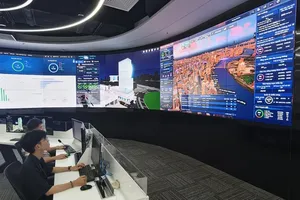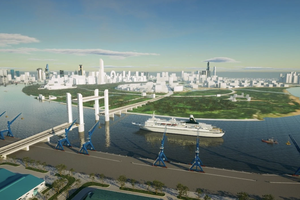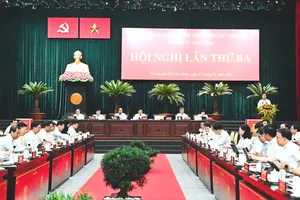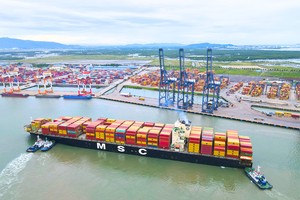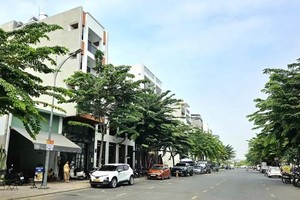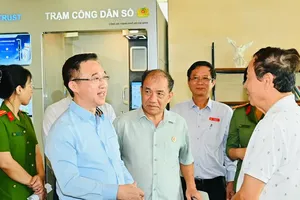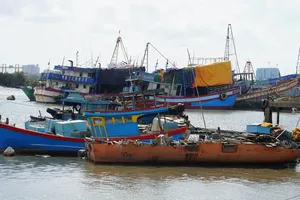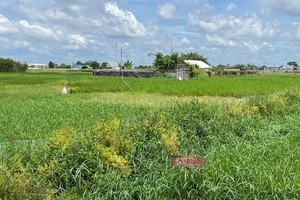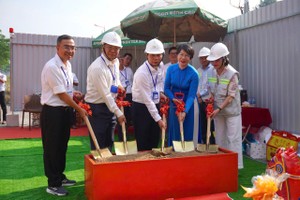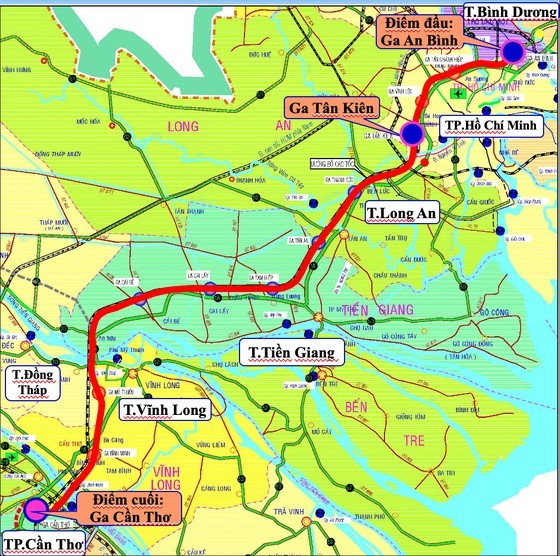 |
The map of the HCMC-Can Tho railway route. (Photo: SGGP) |
The Railway Project Management Board has recently reported to the Ministry of Transport on the survey results and preparation of a pre-feasibility study report of the HCMC - Can Tho railway project. The results were given after the Railway Project Management Board worked with six provinces and cities where the project passes through, namely Binh Duong, HCMC, Long An, Tien Giang, Vinh Long, and Can Tho.
The research results show that the investment in the HCMC - Can Tho railway is necessary to meet future transportation needs, ensure the harmonious and sustainable development of transportation and restructure urban areas and population distribution on the HCMC - Can Tho corridor.
According to preliminary calculations, the HCMC - Can Tho railway line, starting from An Binh Station (Binh Duong) to Can Tho Station (Can Tho), passing through six provinces and cities, with a total length of 174.42 kilometers, is expected to have a total investment of US$9 billion, equivalent to VND213.95 trillion.
The HCMC - Can Tho railway line will be built under double track standards, with a track gauge of 1,435 millimeters, electrified to operate both passenger and freight trains. There are 15 stations and 11 maintenance and repair stations on the route.
By design, the maximum speed for train operation is 190km/h. Passenger trains are operated at below 190km/h, and freight trains are below 120km/h.
Regarding the investment method, the consulting unit proposes the HCMC - Can Tho railway project be invested in the public-private partnership (PPP) form. In which, the State pays for site clearance, and PPP investors mobilize capital for infrastructure construction and testing and hand it over to the State in the form of build-transfer-lease contracts. PPP investors invest in infrastructure and lease it to the operator for 30 years.
The Railway Project Management Board said that the total investment proposed in the pre-feasibility study report of the project is merely an initial estimate. Investment cost depends on the technology that is agreed upon, so it will have to be adjusted and updated during further research in the next stage.
